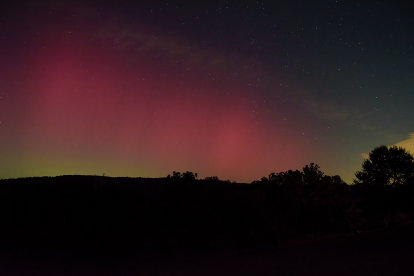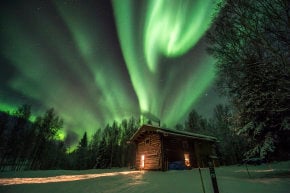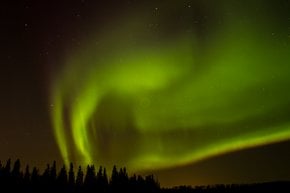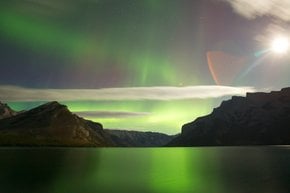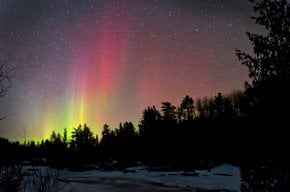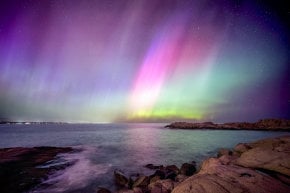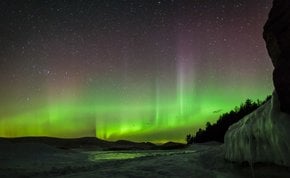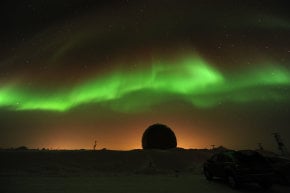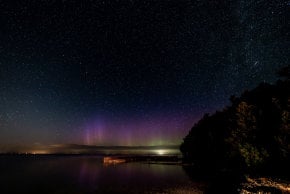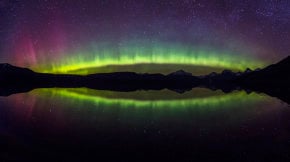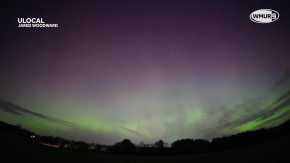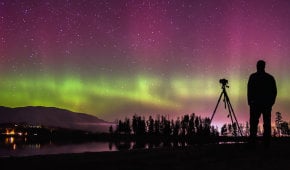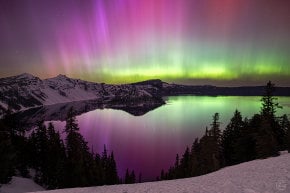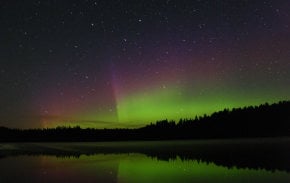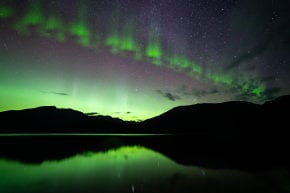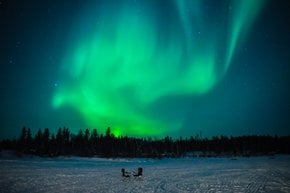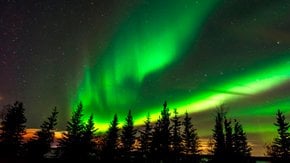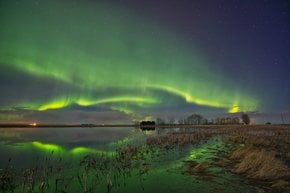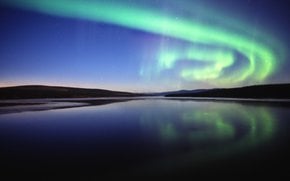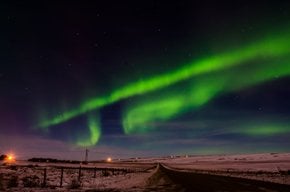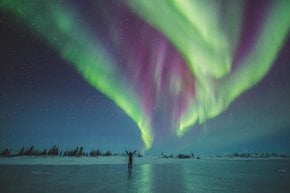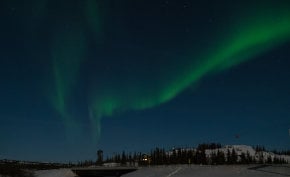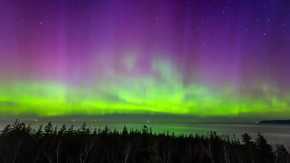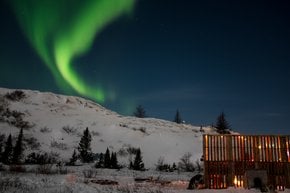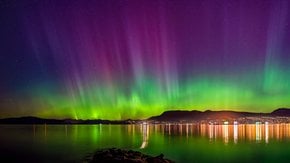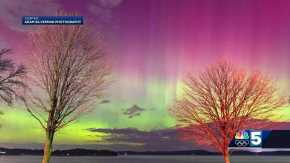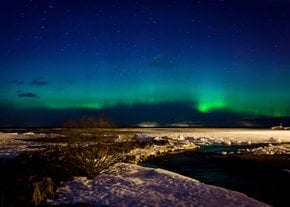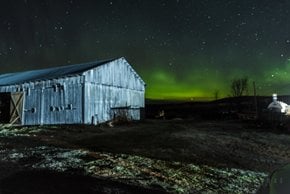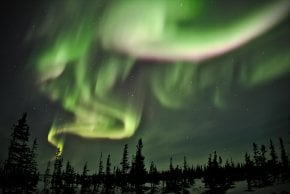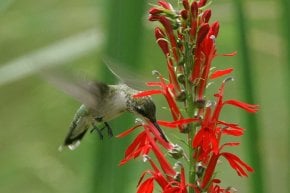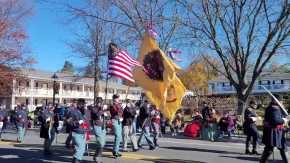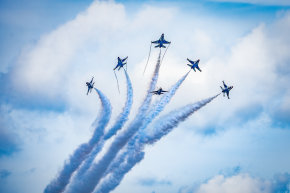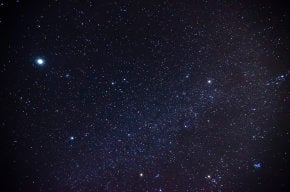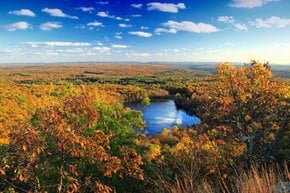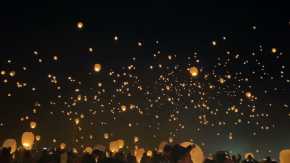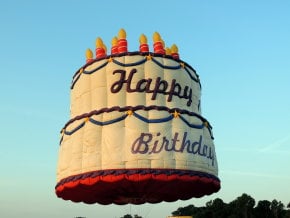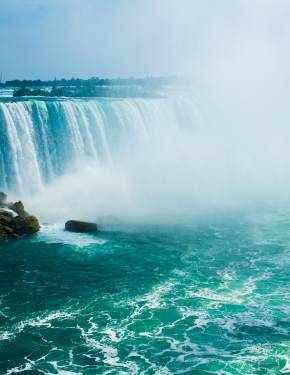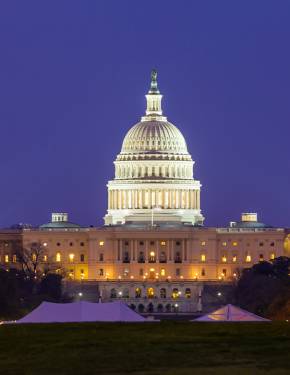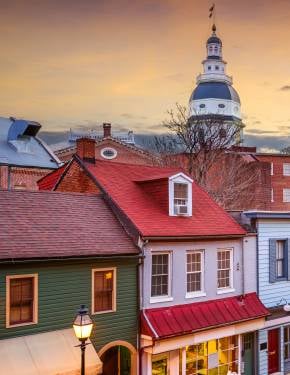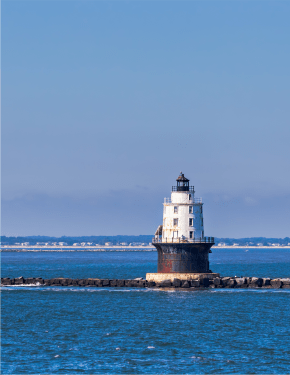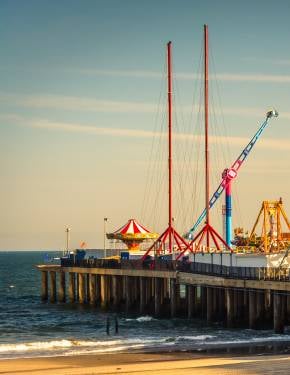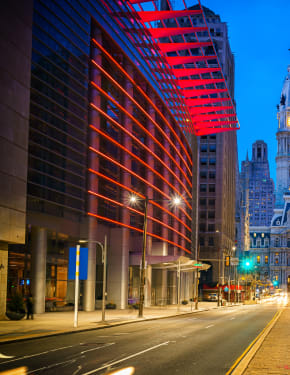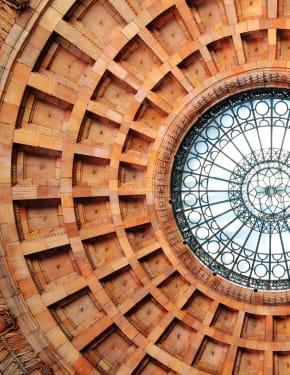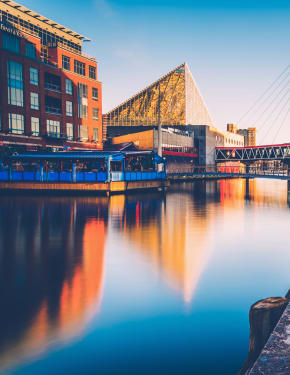Northern Lights in Pennsylvania 2026
A rare but beautiful sight graces Pennsylvania's sky
Dates: May | August–September
The Pennsylvania countryside is stunning on its own, but the Aurora Borealis adds an extraordinary touch. While the Northern Lights are a rare sight here, they occasionally make an appearance during strong geomagnetic storms, painting the sky with a brief but breathtaking display.
The best time to see Aurora Borealis in Pennsylvania
Autumn is an ideal time to view the Northern Lights in Northern Pennsylvania, with September being the peak month. Typically, the best nights for sightings are from the Autumnal Equinox to the end of September. However, due to a strong magnetic storm this year, the lights might also be visible in mid-August. The best viewing opportunities are between 2 and 6 am on the northern horizon, away from city lights, though a small chance exists after 8 am when the sun is up.
Northern Lights Forecast
Predicting the aurora borealis can be difficult, with forecasts typically available just a few days ahead. Despite this uncertainty, regularly checking official prediction websites can improve your chances of seeing this captivating natural spectacle. Check the websites of the NOAA/NWS Space Weather Prediction Center, University of Alaska Fairbanks, which publish aurora forecasts. To see the Northern Lights in Pennsylvania, a Kp index of 7 or higher is needed, usually appearing as a faint glow on the northern horizon. The further north you go, the better your chances.
Where can you see Northern Lights?
To fully enjoy the Northern Lights, you'll want to find a location with minimal light pollution. Head to rural areas, ideally on a hill or mountaintop, with a clear view of the northern sky. While the aurora is more easily seen in these areas, it can occasionally be visible in cities as well. In southeastern Pennsylvania, it has been spotted in the western and northwestern suburbs, with photos posted online from Delaware, Chester, Bucks, Berks, and Lehigh counties. The lights have also been seen in Pittsburgh and even outside Chicagoland and Philadelphia.
Cherry Springs State Park
Cherry Springs State Park is renowned for its exceptionally night skies, making it one of the best places for stargazing in the United States. The park's 82 acres have earned it the designation of an official Dark Sky Park, providing ideal conditions for viewing constellations, the Milky Way, and even the Northern Lights. The sky is so dark that the Milky Way can cast a shadow. For those serious about stargazing, the park offers small domed observatories for rent, including a Sky Shed with a roof that fully opens to the sky. Amateur astronomers frequently visit, setting up their telescopes in the designated viewing area. The astronomy field, located at the top of a mountain in the park, is also available for overnight stargazing. Cherry Springs State Park also offers Private Guided Star Tours and Photography Workshops for those looking to enhance their stargazing and photography skills. Nearby attractions include the PA Grand Canyon, Elk Viewing areas, Austin Dam Park, Kinzua Sky Walk, Bald Eagle Observation spots, and Rainbow Paradise Trout Fishing.
Other State Parks
Known for its waterfalls and diverse landscapes, Ricketts Glen is an ideal spot for viewing the Aurora Borealis. The park's remote location offers a serene setting away from urban lights, perfect for enjoying the celestial spectacle. Ohiopyle, with its stunning landscapes and low light pollution, also provides excellent opportunities for Northern Lights sightings. Positioned atop the Kittatinny Ridge, Hawk Mountain offers an elevated vantage point, making it a prime location for witnessing the aurora in a peaceful, natural environment. Similarly, the park, surrounded by Bald Eagle State Forest, offers expansive views of the night sky, allowing visitors to escape light pollution and fully immerse themselves in the beauty of the Northern Lights.
Tips for catching Northern Lights
If you missed the northern lights before, remember they don’t need to be directly overhead and can be seen from over 600 miles away. To improve your chances, escape city lights and obstructions, look north a few hours after sunset, and watch for colors like green, pink, and red. These colors are often most vivid around midnight. Modern smartphones, like the iPhone 14, can capture the aurora well, especially with night mode and a steady hand or tripod.
Visitor Reviews
Rove.me contacted travelers who had previously visited Pennsylvania and experienced the northern lights. The goal was to gather their insights on their experiences, how long it took them to find the lights, and any advice they would offer to others hoping to see the auroras.
Josh Mauser from Millersburg, PA, shared a unique experience when photographing the northern lights. "The picture in question was a happy accident!" Josh explained. While testing his phone's long exposure feature, he aimed at the sky for about 10 minutes. "When I checked the result, I was surprised by the red-green glow on the northern horizon." Initially, he thought it might be a camera sensor fault, but later learned about a solar storm that made the auroras visible as far south as Pennsylvania.
Though he couldn’t see the lights with his naked eyes, Josh said, "I was completely surprised that they showed up at all in the photo!" He appreciated how "the glow of the lights contrasts nicely with the dark starry sky." Reflecting on the rare occurrence of auroras in Pennsylvania, Josh advised future aurora watchers: "Pay attention to the NOAA Aurora Forecast for your area and use the long exposure setting of your camera!"

